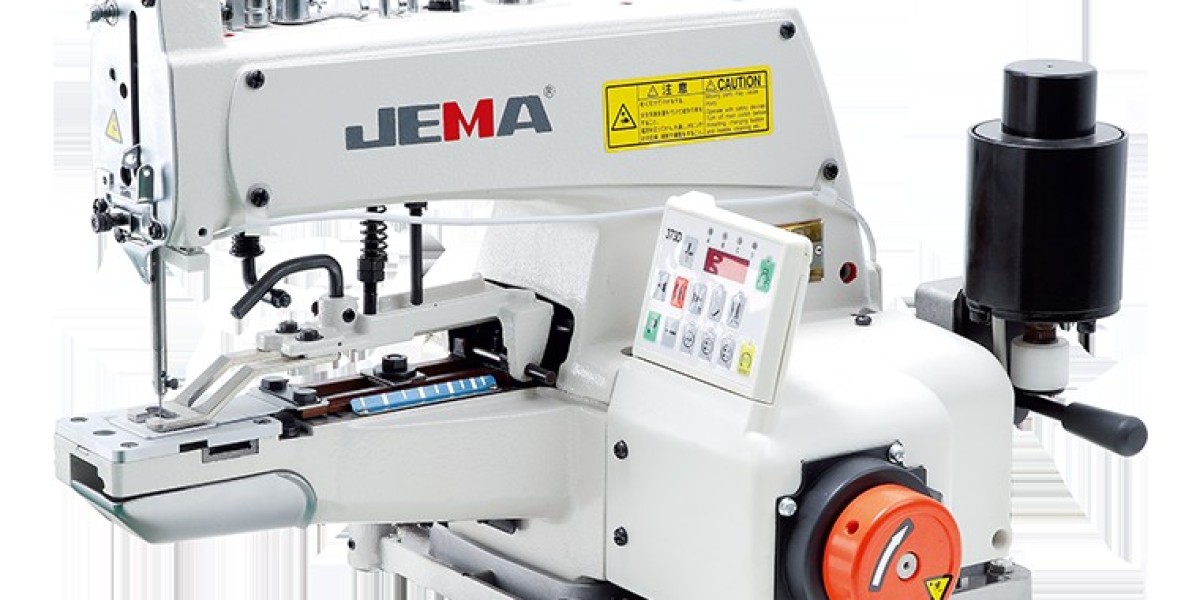Industrial button sewing machines play a critical role in garment production, enabling manufacturers to quickly and efficiently attach buttons to fabrics. These machines are designed for high-volume usage and are built to withstand the demands of busy production lines. The design of industrial button sewing machines combines mechanical and technological components to achieve high precision and speed. This article explores the key design features that make industrial button sewing machines suitable for mass production.
One of the main elements in an industrial button sewing machine is the sewing mechanism. The machine typically uses a needle that passes through the fabric to attach a button securely. The most common types of stitching include two-hole and four-hole button stitching. These machines are designed to handle both simple and complex button-sewing tasks with ease.
The feed mechanism is another important feature. Industrial button sewing machines rely on a steady feed to ensure consistent placement of fabric and buttons. The automatic feed system ensures that each button is sewn with the same level of precision, reducing the chances of errors and rework.
The motor and drive system are crucial in industrial machines. These systems must be powerful enough to support the high-speed sewing needed in large-scale operations. The motor must also be durable to ensure the machine runs smoothly for long periods without overheating or requiring frequent repairs.
Industrial button sewing machines are designed to be versatile, able to handle a range of button types and fabric thicknesses. Many models allow users to adjust stitch lengths and patterns, enabling them to cater to different garment requirements. This adaptability makes the machines suitable for various sectors, from casual wear to high-end fashion.
Another notable feature is the automatic button feeder system, which reduces the need for manual intervention. The feeder helps ensure that the buttons are placed at the correct position and angle, enhancing the consistency and speed of the sewing process. Some models also feature automatic thread cutting, which helps streamline the process and reduce downtime.
Given the industrial nature of these machines, durability is a critical consideration. The components of an industrial button sewing machine must be made from high-quality materials to ensure longevity and reliability. Over time, parts such as needles, hooks, and feed dogs may need to be replaced, but regular maintenance can extend the lifespan of the machine.
Proper maintenance includes cleaning and oiling the machine, checking for wear on critical parts, and ensuring the motor is functioning optimally. Operators must follow the manufacturer’s guidelines for maintenance to avoid unexpected breakdowns and ensure smooth operation.
The design of industrial button sewing machines focuses on reliability, precision, and versatility. With features such as adjustable stitch patterns, automatic feeders, and powerful motors, these machines are well-suited for high-volume garment production. Maintaining the equipment regularly ensures that it remains effective and reliable over time.



